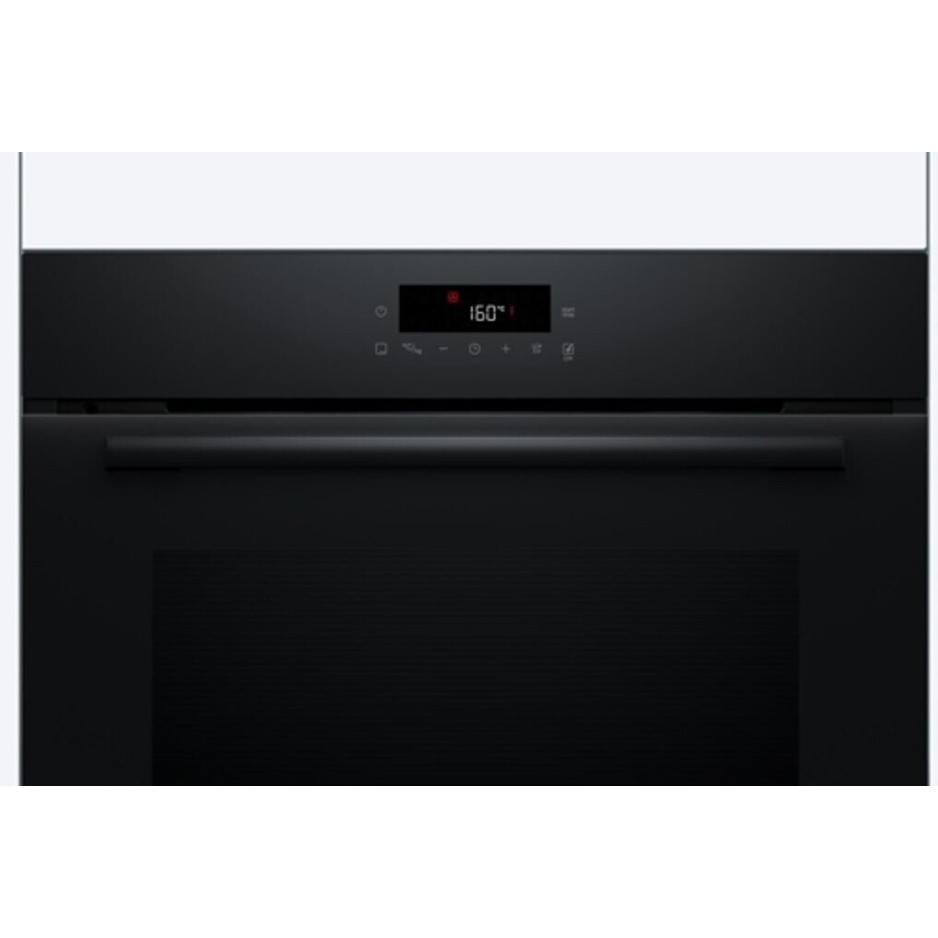Self-Contained Induction Hob Test: A Comprehensive Overview
Introduction
As the cooking world progresses, so does the innovation behind cooking appliances. Among just click the next site , induction hobs have actually emerged as a frontrunner in energy-efficient cooking services. This blog site post dives into the intricacies of self-contained induction hobs, discussing their features, advantages, common mistaken beliefs, and detailed testing approach.
Comprehending Self-Contained Induction Hobs
What Is an Induction Hob?
An induction hob is a cooking surface that uses electromagnetic induction to straight heat up pots and pans. Unlike standard gas or electric cooktops, which count on heating elements or flames, induction cooking warms the pots and pans itself, substantially enhancing performance and control over cooking temperatures.
Self-Contained Induction Hobs
A self-contained induction hob is a standalone system that combines the cooking surface area and the necessary electrical components in one compact device. These hobs are perfect for little kitchen areas, camping journeys, or for those who want flexibility in cooking spaces.
Key Features of Self-Contained Induction Hobs
- Security: Induction hobs remain cool to the touch, reducing the risk of burns.
- Energy Efficiency: Approximately 90% of energy is directed to the pots and pans, lessening waste.
- Temperature Control: Fine-tuning heat settings is faster and more precise compared to standard approaches.
- Easy to Clean: The flat surface is easy to clean down, and spills do not burn onto the surface.
- Portability: Many self-contained units are light-weight and compact, making them simple to transportation.
Advantages of Using Self-Contained Induction Hobs
| Benefit | Description |
|---|---|
| Quick Cooking | Rapid heating decreases cooking times substantially. |
| Environmental Impact | Lower energy usage equates to a smaller sized carbon footprint. |
| Minimal Heat Loss | Less ambient heat keeps cooking areas cooler, particularly in summer. |
| Adaptability | Can be utilized for different applications consisting of however not limited to indoor and outdoor cooking. |
| User-Friendly | Instinctive controls make them available for cooks of all levels. |
Checking Self-Contained Induction Hobs
Testing an induction hob needs a methodical method to examine its efficiency, efficiency, and safety. The following criteria form the basis for a thorough examination.
Checking Methodology
Table 1: Performance Testing Criteria
| Criterion | Description |
|---|---|
| Heating Time | Measure time required to boil water or reach desired temperature level. |
| Temperature level Control | Analyze the accuracy and responsiveness of temperature level settings. |
| Energy Consumption | Monitor energy use throughout the cooking duration. |
| Safety Features | Assess automatic shut-off, surface temperature, and safety lock mechanisms. |
| Relieve of Use | Examine the user interface, control design, and direction clarity. |
| Mobility | Check the weight and general ease of motion. |
Testing Process
Heating Time
- Start by filling a basic pot with a specific volume of water (e.g., 1 liter).
- Tape the time taken to reach a rolling boil.
- Repeat the test under different settings to assess consistency.
Temperature level Control
- Set the induction hob to different temperature level levels (e.g., low, medium, high).
- Utilize an infrared thermometer to verify the temperature accuracy of the cooking surface and pots and pans.
Energy Consumption
- Use a power meter to track energy use during cooking.
- Compare this data versus conventional cooking techniques, if relevant.
Security Features
- Test the automatic shut-off feature by turning off the hob throughout usage.
- Examine the surface temperature after cooking to guarantee very little burns.
Ease of Use
- Take part in a user test, including newbie and experienced cooks, to get feedback on control use and clearness.
Portability
- Assess the hob for weight, size, and the effectiveness of features like cord storage for simple transport.
Analysis of Results
After conducting the tests, put together the data into a thorough report that sums up the findings.
Table 2: Summary of Test Results
| Feature | Findings |
|---|---|
| Heating Time | 1 liter of water boiled in 4 minutes at maximum setting. |
| Temperature level Control | ± 1 ° C variance from set temperature reported. |
| Energy Consumption | 1500 W average use during peak cooking. |
| Security Features | Automatic shut-off activated after 10 minutes of inactivity. |
| Relieve of Use | 90% of users discovered controls intuitive and useful. |
| Mobility | Weighs 4 kg, compact dimensions of 60 cm x 40 cm. |
Frequently Asked Questions About Self-Contained Induction Hobs
Q: Are all cookware types compatible with induction hobs?
- A: No, cookware should be ferrous (magnetic). Stainless steel and cast iron are generally suitable, while glass, ceramic, and aluminum without a magnetic base are not.
Q: Can induction hobs be utilized outdoors?
- A: Yes, supplied there's access to a proper source of power. Lots of portable designs are designed for outdoor use.
Q: Are self-contained induction hobs energy efficient?
- A: Yes, induction hobs are more energy-efficient than other cooking techniques, using almost 90% of the energy created successfully.
Q: What upkeep is needed for induction hobs?
- A: Regularly clean the surface after use to prevent stains and scratches. Avoid abrasive cleaners.
Q: Do induction hobs make sounds?
- A: Some might produce a slight buzzing noise when in usage, which is typical and may differ based upon the cooker's power settings.
Self-contained induction hobs represent a substantial improvement in cooking technology, offering safe, effective, and convenient cooking options. Through Related Site and evaluation, these versatile devices can meet the needs of contemporary cooking practices. As technology continues to advance, the advantages of induction cooking are vast, impacting sustainability and improving the overall cooking experience.

